Disclosure:
Thank you for reading this post, don't forget to subscribe!
Some of the links on this website are affiliate links. This means that if you click on the link and make a purchase, we may receive a small commission at no extra cost to you. Your support helps us keep the site running.Learn more on my Privacy Policy and Affiliate Disclosure page. Thank you for your support!
I’ve noticed there’s often hesitation when it comes to women engaging in leg day. Admittedly, I had my reservations too until I discovered the undeniable benefits of lower body workouts. It’s more than just building muscle; it’s about enhancing your quality of life.
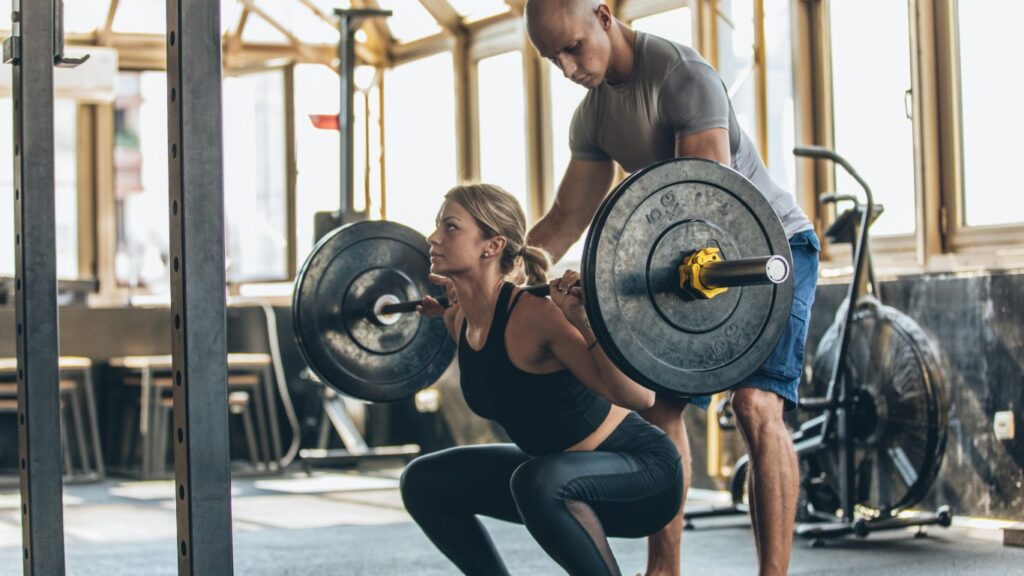
For women, leg day is vital not simply because it brings out muscle definition, but also for reasons that impact overall health. A well-structured leg routine can increase our lower body strength, which is essential for daily activities. Think about carrying groceries up a set of stairs or lifting a toddler. Stronger legs also mean a more stable foundation, leading to improved balance and posture.
Perhaps you’re worried about ‘bulking up’? Let’s put that concern to rest. The realities of female physiology mean that building large muscles like those of bodybuilders is naturally limited. Instead, regular leg workouts for women generally result in a toned appearance, without the excessive bulk. Plus, working those larger leg muscles can rev up your metabolism, leading to more effective weight management.
Now that we’ve covered the big picture, let’s hone in on how to get started with a leg day routine that suits your needs. Keep in mind, a solid workout begins long before the weights are in hand.
Learn more about: Muscle & Stenght-Leg Training for Women: The Complete Guide With Workouts
Warm-Up Essentials: Preparing Your Legs for Maximum Performance
I can’t stress enough how critical it is to gear up your muscles before jumping into leg day. A proper warm-up doesn’t just rev up your body; it actively guards you against potential injury and paves the way for a more effective workout. Think of it as laying down a solid foundation – without it, your performance could wobble.
Knowing the difference between dynamic and static stretching can make a world of a difference in your routine. Dynamic stretches involve moving as you stretch, which is ideal before a workout because it helps increase blood flow and mobility. Static stretches, where you hold a position for a period of time, may actually be more beneficial after your workout to aid in recovery.
Read next:
A well-crafted warm-up routine would typically include dynamic stretches such as leg swings, walking lunges, and high knees to ease your muscles into the forthcoming activity. But don’t just take my word for it; the American College of Sports Medicine also emphasizes dynamic warm-ups to better prepare the musculoskeletal system for the demands of physical activity.
The Anatomy of the Lower Body: Muscles to Target on Leg Day
Have you ever stopped to consider exactly which muscles you’re engaging during your leg workouts? Understanding the anatomy of your lower body is crucial to ensuring you’re hitting all the right spots during your leg day routine. In the complex dance of muscle engagement, your quads, hamstrings, calves, and glutes all play starring roles.
Your quadriceps, located at the front of your thigh, are typically the focus during squatting and lunging movements. They’re the powerhouse that propels you up from a squat and helps you sprint to the finish line. To give your quads the attention they deserve, make sure you’re dropping low in those squats and maintaining proper form.
Moving to the back of the leg, we have the hamstrings. These muscles are key for pulling you through movements like deadlifts and play an integral part in bending your knee and extending your hip. Balanced hamstring development can prevent injuries and give your legs a strong, sculpted look.
Then there are the calves, which might seem less glamorous but are essential for stability and explosive movements. These muscles work overtime when you’re on your toes, jumping, or running. Don’t overlook calf raises and other exercises that specifically target this area.
read more about: Womens health magazine– How To Create An Effective Leg Workout Day With The Best Leg Exercises From Trainers
And we can’t forget about the glutes – your body’s largest muscle group. Aside from aesthetic benefits, strong glutes contribute to better posture and can take the load off your lower back during heavy lifting. Glute bridges and hip thrusts are a few favorites that can make your behind your strongest asset.
Now that we’ve covered the main muscles to target, it’s clear that a well-rounded leg workout is more than just a few sets of squats. Integrating exercises that engage each muscle group ensures you’re building a foundation of functional strength. It’s not just about looking good – it’s about enhancing your day-to-day life and activities.
Leg Workout Routines: Combining Strength, Endurance, and Flexibility
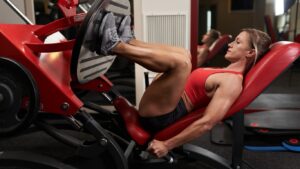
A thoughtfully designed leg workout does more than just build muscle; it’s a trifecta of strength, endurance, and flexibility. Now, I’m not just going to tell you to do a bunch of exercises and send you on your way. Instead, I’ll show you how to create a routine that covers all the bases, ensuring your legs are as strong as they are resilient.
You might know that strength is the cornerstone of any good leg workout, but how you build that strength is key. Compound movements, exercises that engage multiple joints and muscles, are your best friends on leg day. Think squats, deadlifts, and lunges. These moves not only work your legs but also engage your core and back, giving you a more complete workout.
Endurance is your muscles’ ability to perform over time. This is where plyometrics and agility training come into play. Incorporate jump squats, box jumps, and speed skaters to challenge your legs to keep going, even when they’re begging for a break. These exercises also improve your cardiovascular fitness, making your workouts doubly effective.
Flexibility might be the most overlooked aspect of leg workouts, but it’s vital. That’s where functionality comes in. If your muscles are strong but tight, you’re setting yourself up for injury. Include stretching exercises like hamstring stretches and calf raises at the end of your routine to maintain a full range of motion.
Remember, variety is the spice of life and of a phenomenal leg routine. Mix up the exercises, reps, and sets to keep your muscles guessing and growing. With these components in harmony, you’re not just working out your legs; you’re upgrading them. Next up, I’ll introduce you to the 10 best leg exercises that should be non-negotiable in your leg day lineup.
Top 10 Leg Exercises for Women: From Squats to Lunges
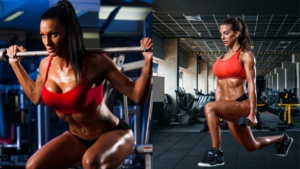
I often see a lot of confusion about what exercises to include on leg day. It’s my goal to cut through the noise and provide a STRAIGHTFORWARD LIST of the top exercises that you can rely on. These movements are time-tested and known for their effectiveness in strengthening and toning the lower body.
Let’s kick off with the KING of leg exercises:
Let’s kick off with the KING of leg exercises:
SQUATS: They’re fundamental for building strength, particularly in the quads and glutes. Ensure your form is on point to maximize benefits and minimize the risk of injury. Next,
LUNGES: are versatile and target your thighs, hips, and glutes from different angles.
DEADLIFTS: make the list for their power to engage the entire posterior chain, which includes the hamstrings and glutes. Then, we have
LEG PRESSES: offering a guided and safe way to load up the weight and work those quads in the gym.
Here’s a complete rundown of the exercises to include in your routine:
1.Squats
2. Lunges (forward, backward, and lateral variations)
3. Deadlifts (conventional, sumo, or single-leg)
4. Leg Press Machine.
5.Glute Bridges, for a targeted glute workout
6. Calf Raises, to build lower leg strength
7. Step-Ups, which mimic real-life movements for functional fitness
8. Romanian Deadlifts, focusing on the hamstrings and lower back
9. Leg Extensions, for sculpting the quadriceps10.
10.Hamstring Curls, whether on a machine or with a stability ball
It’s essential to perform these exercises with the correct technique to gain the full benefits and avoid injury. If you’re unfamiliar with any of these movements, consider working with a certified fitness professional to get you started on the right track.
Remember, muscle growth isn’t just about what you do in the gym—it’s also about how you RECOVER. Let’s move on to ensuring that you’re giving your body the care it needs after putting in the hard work.
Leg Day Recovery: Post-Workout Care and Nutrition

I’ve stressed the significance of powering through a tough leg workout, but here’s a secret I swear by: recovery is JUST AS CRUCIAL. It’s the unsung hero of any fitness regimen, especially on leg day. Taking the right steps after you’ve wrapped your workout can mean the difference between progress and potential injury.
First, let’s talk post-workout rest. Your muscles need time to repair, which is a cornerstone of muscle growth and strength gains. Ignore this, and you risk overtraining, which leads to stunted progress and a higher likelihood of injury. So, honor those rest days. They’re your body’s chance to rebuild stronger than before.
latest post:
- Are You a Late-Night Snacker? 5 Possible Reasons Why You Can’t Stop Craving Food at Night
- The Ultimate Fat-Loss + Muscle Retention Blueprint (For Men)
- Smart Biceps Training: A Science-Backed Blueprint for Bigger, Stronger Arms
- Life After Rehab: Living with Resilience and Finding New Strength
- Manifestation Myths: What the Law of Attraction Gets Wrong (and Right)
Now, nourishment. After breaking down muscle fibers during a rigorous leg session, you must rebuild with protein. It’s a non-negotiable part of your diet. Lean meats, legumes, and dairy are excellent sources. Carbohydrates are also your friends, as they replenish the glycogen stores used during your workout. Aim for whole grains or starchy vegetables for the best quality fuel.
Hydration is another pillar of effective recovery. Water supports every metabolic function and nutrient transfer in the body, and it has a major part to play in muscle recovery. Keep up your water intake post-workout to replace any fluids lost through sweat.
Finally, consider gentle stretching or foam rolling to alleviate muscle tightness. It’s not just about comfort; these practices can help maintain flexibility and may reduce the risk of injury.
Conlusion
In summary, respect your recovery as much as your workout. It’s essential for achieving the best results and maintaining a sustainable fitness journey. With solid rest, the right nutrients, and sufficient hydration, you’re setting the stage for continuous improvement and a blueprint for success on leg day and beyond.
Leg day is a crucial part of any fitness routine, especially for women looking to build strength, tone muscles, and improve overall lower body performance. By incorporating essential tips and well-structured routines, you can maximize your results and stay consistent on your fitness journey. Remember to focus on proper form, gradually increase your weights, and prioritize recovery to prevent injury and keep progressing. Stay committed, and you’ll achieve the strong, sculpted legs you’re aiming for!
more About:
HEALTH / FITNESS / WELLNESS / NUTRITION
SHARE THIS ARTICLE
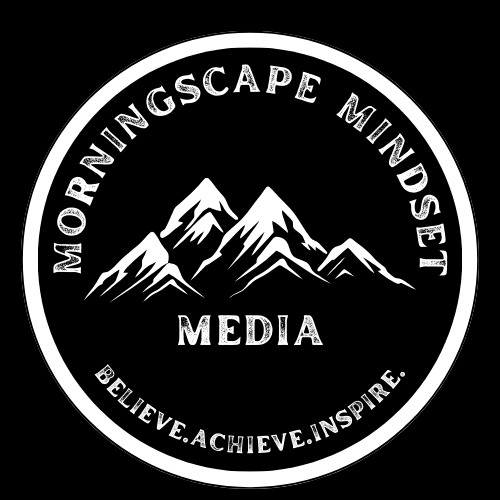
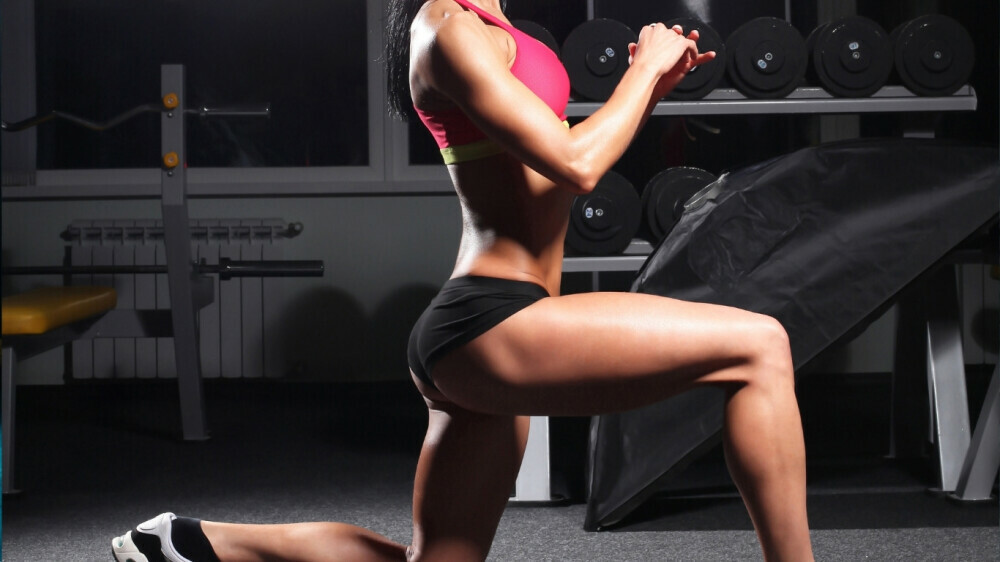
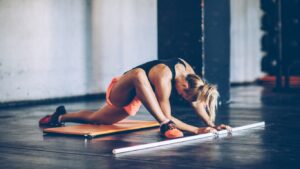
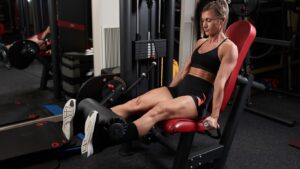
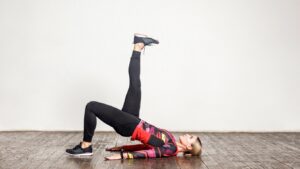
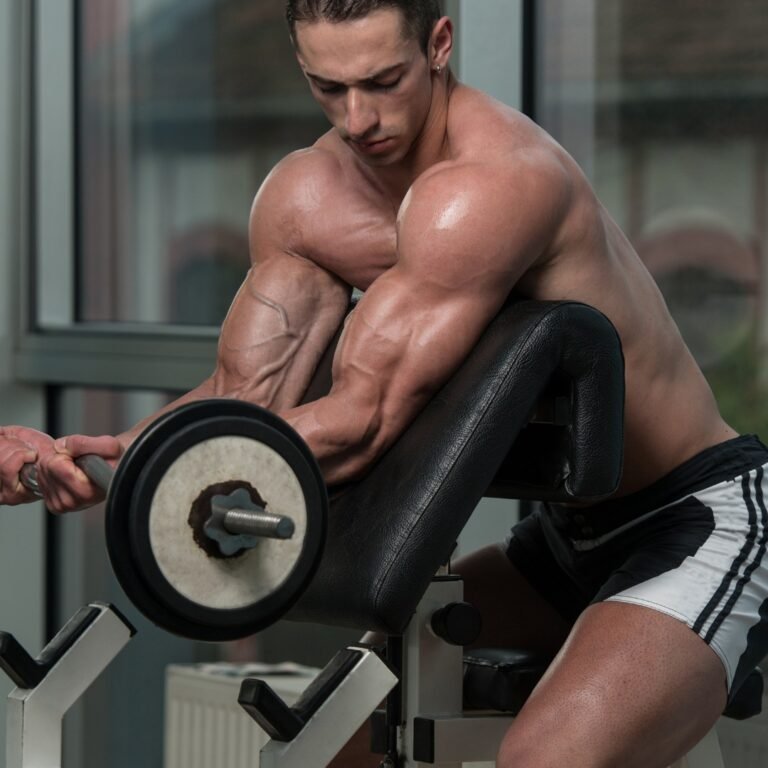
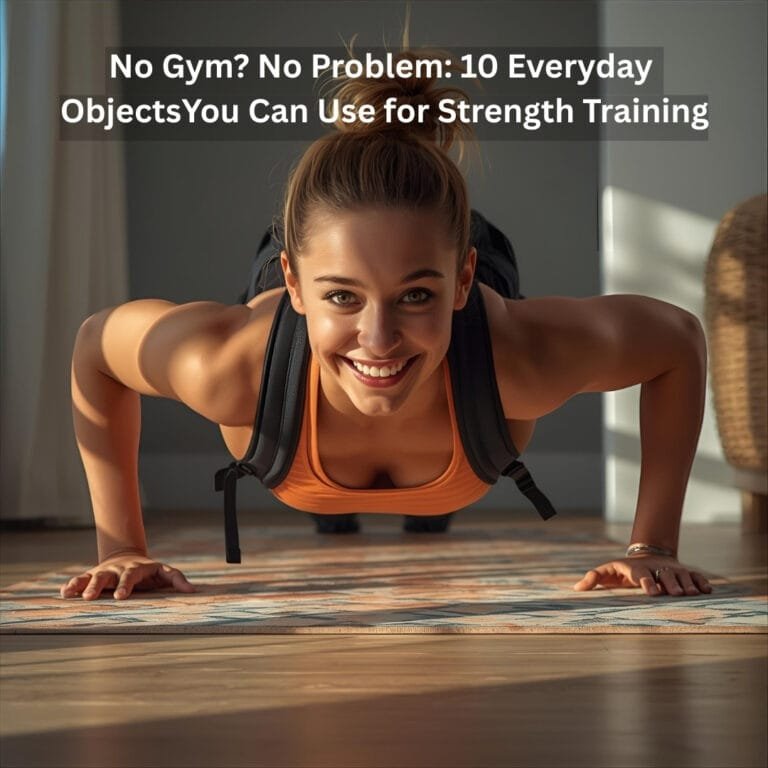
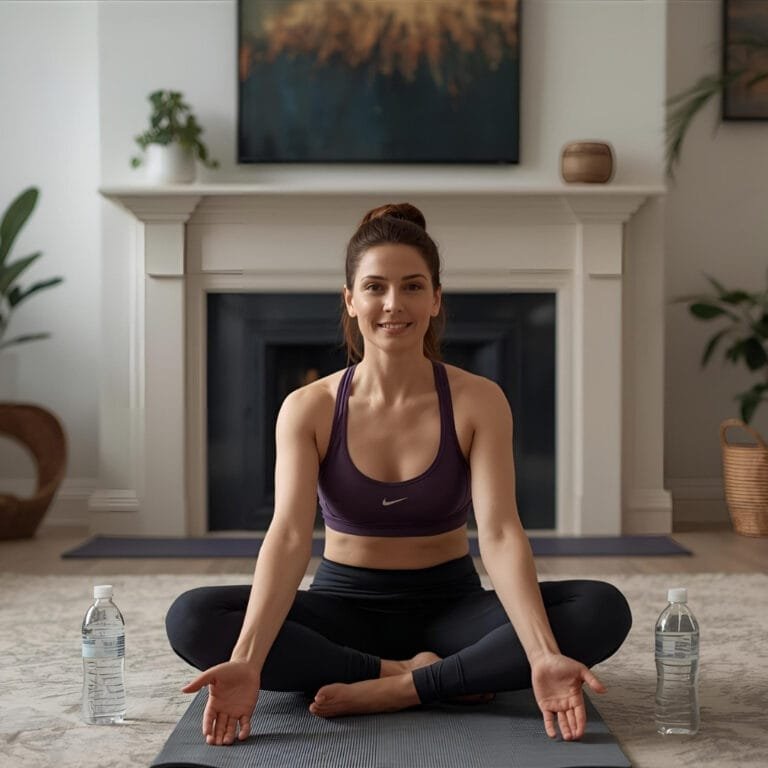

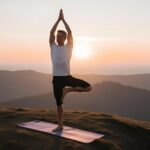
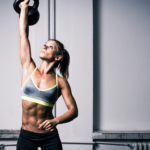
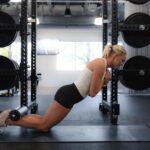
Hello Ferdinand! Your article on “leg day” is a complete treatise of the importance of our legs, including glutes. First of all, splitting routines is important, since early bodybuilders would start and finish their workouts in the same day. Splitting upper body and lower body gives us more time to thoroughly work each. You cover every aspect of the legs and every way to work quadriceps, calves, hamstrings and glutes to perfection. Many people don’t understand the difference in cold stretching and dynamic stretching, but you straighten us out on this. Also, recovery – foam rolling, etc. is part of the process.
My issue was overdeveloped quads and calves that needed work. We all differ, but you have covered the whole gamut. I really hope that readers will place their trust in what you say, because you are an authority! I will certainly look forward to more of your articles. I particularly liked your emphasis on the differences encountered by female bodybuilders vs. males, regarding natural hormones. This is often not fully considered by either men or women.
We are fortunate to have your advice before us!
Hello! Richard,Thank you so much for your thoughtful feedback on my article about “leg day.” I’m glad you found the information comprehensive and valuable. Yes, splitting routines can indeed be a game-changer in optimizing our workouts and focusing on specific muscle groups. It’s great to hear that you appreciated the detailed exploration of working different areas of the legs effectively. Understanding the importance of giving attention to each muscle group is key in achieving balanced strength and overall fitness. If you have any more questions or topics you’d like to see covered, feel free to let me know. Keep up the great work on your fitness journey!